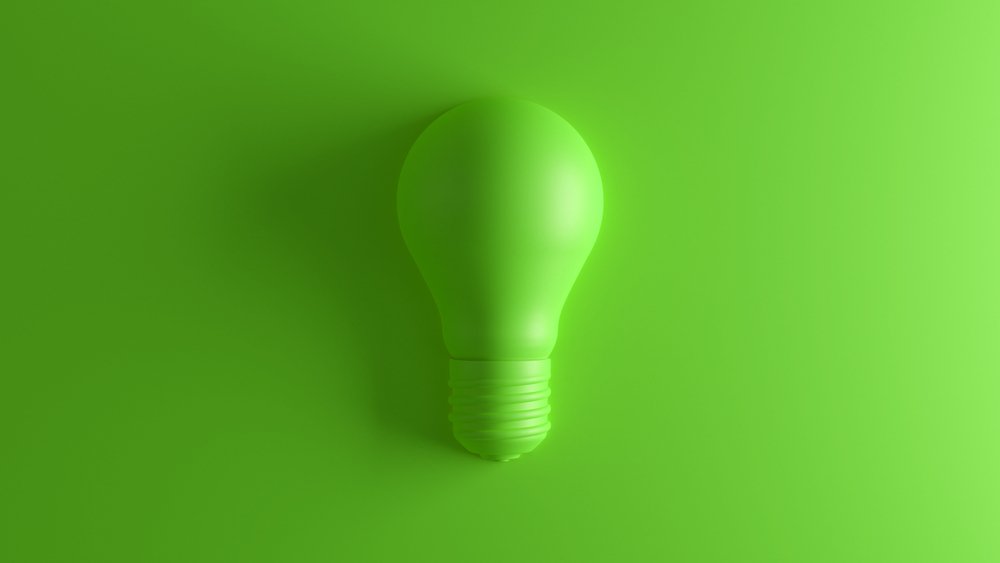
What Does LED Stand For
Learn what LED stands for and how Light Emitting Diode technology is revolutionising lighting and displays.
LED stands for Light Emitting Diode, a semiconductor device that emits light when an electrical current passes through it. Since their invention, LEDs have revolutionised lighting technology by offering energy-efficient, durable and versatile light sources. From household bulbs to digital displays and indicators on electronic devices, LEDs play a crucial role in modern technology and daily life. Understanding what LED stands for and how it works provides insight into a technology that continues to reshape lighting and display solutions worldwide.
The Meaning and Function of LED
A Light Emitting Diode is a tiny electronic component made from semiconductor materials that produce light through a process called electroluminescence. When electricity flows through the diode in the correct direction, electrons recombine with holes in the semiconductor, releasing energy in the form of photons—visible light. Unlike traditional incandescent bulbs that generate light by heating a filament, LEDs produce light more efficiently and with less heat. They come in various colours, sizes and shapes, enabling a wide range of applications.
Why LEDs Matter
LEDs matter because they offer significant advantages over conventional lighting technologies. They consume far less energy, reducing electricity bills and environmental impact. LEDs have longer lifespans, often lasting tens of thousands of hours, which lowers maintenance and replacement costs. Their small size and durability make them suitable for compact and rugged applications. Additionally, LEDs can be precisely controlled in brightness and colour, supporting innovative uses in displays, signage, automotive lighting and more. The shift to LED technology contributes to global energy savings and sustainability goals.
Pros and Cons of LED Technology
The advantages of LEDs include energy efficiency, longevity, robustness and flexibility in design. LEDs turn on instantly without warm-up time and are available in a spectrum of colours without filters. They generate minimal heat and are free from hazardous substances like mercury found in some older lighting types. However, LEDs can have higher upfront costs compared to traditional bulbs, although prices have been decreasing. Some users may notice differences in light quality or colour rendering. Proper heat management is essential to maintain LED performance and lifespan.
Current Trends in LED Use
Current trends highlight the integration of LEDs into smart lighting systems that offer colour tuning, dimming and remote control via smartphones or automation platforms. LEDs are central to developments in OLED (organic LED) and microLED displays, which provide high-resolution, energy-efficient screens for TVs, smartphones and wearables. Growing adoption in automotive lighting enhances safety and design. LEDs also play a key role in horticultural lighting, health applications and UV sterilisation technologies. Advances in materials and manufacturing continue to expand LED capabilities and affordability.
Real-World Applications of LEDs
LEDs are ubiquitous in residential and commercial lighting, replacing incandescent and fluorescent bulbs. Traffic signals, streetlights and vehicle headlights utilise LEDs for visibility and energy savings. Digital billboards and large-scale displays rely on LED panels for brightness and clarity. Consumer electronics feature LED indicators and backlighting. Medical devices use LEDs for therapies and diagnostics. These applications demonstrate LEDs’ versatility and critical role across industries.
Future Outlook for LEDs
The future of LED technology includes further improvements in efficiency, colour range and integration with smart technologies. Emerging trends involve quantum dot LEDs and microLEDs for next-generation displays with superior brightness and energy savings. Flexible and transparent LEDs will enable new form factors in design and architecture. As sustainability concerns intensify, LEDs will continue to drive energy-efficient solutions worldwide. Innovations in LED manufacturing and recycling will support environmental goals and circular economy initiatives.
Alternatives and Related Technologies
Alternatives to LEDs include incandescent bulbs, fluorescent lamps and newer technologies like OLED and laser lighting. Each has unique characteristics suited to different applications. LEDs often complement other technologies in hybrid lighting and display systems. Understanding these alternatives provides context for choosing the best lighting solutions based on performance, cost and application needs.
Conclusion
LED, or Light Emitting Diode, is a transformative technology that provides efficient, durable and versatile lighting solutions. Its widespread adoption across diverse fields underscores its importance in modern life and technology. Continued advancements in LED technology promise even greater energy savings, functionality and innovation in the years to come.

Maximise Your Reach With Our Local SEO
At Lillian Purge, we understand that standing out in your local area is key to driving business growth. Our Local SEO services are designed to enhance your visibility in local search results, ensuring that when potential customers are searching for services like yours, they find you first. Whether you’re a small business looking to increase footfall or an established brand wanting to dominate your local market, we provide tailored solutions that get results.
We will increase your local visibility, making sure your business stands out to nearby customers. With a comprehensive range of services designed to optimise your online presence, we ensure your business is found where it matters most—locally.
Strategic SEO Support for Your Business
Explore our comprehensive SEO packages tailored to you and your business.
Local SEO Services
From £550 per month
We specialise in boosting your search visibility locally. Whether you're a small local business or in the process of starting a new one, our team applies the latest SEO strategies tailored to your industry. With our proven techniques, we ensure your business appears where it matters most—right in front of your target audience.
SEO Services
From £1,950 per month
Our expert SEO services are designed to boost your website’s visibility and drive targeted traffic. We use proven strategies, tailored to your business, that deliver real, measurable results. Whether you’re a small business or a large ecommerce platform, we help you climb the search rankings and grow your business.
Technical SEO
From £195
Get your website ready to rank. Our Technical SEO services ensure your site meets the latest search engine requirements. From optimized loading speeds to mobile compatibility and SEO-friendly architecture, we prepare your website for success, leaving no stone unturned.

With Over 10+ Years Of Experience In The Industry
We Craft Websites That Inspire
At Lillian Purge, we don’t just build websites—we create engaging digital experiences that captivate your audience and drive results. Whether you need a sleek business website or a fully-functional ecommerce platform, our expert team blends creativity with cutting-edge technology to deliver sites that not only look stunning but perform seamlessly. We tailor every design to your brand and ensure it’s optimised for both desktop and mobile, helping you stand out online and convert visitors into loyal customers. Let us bring your vision to life with a website designed to impress and deliver results.
